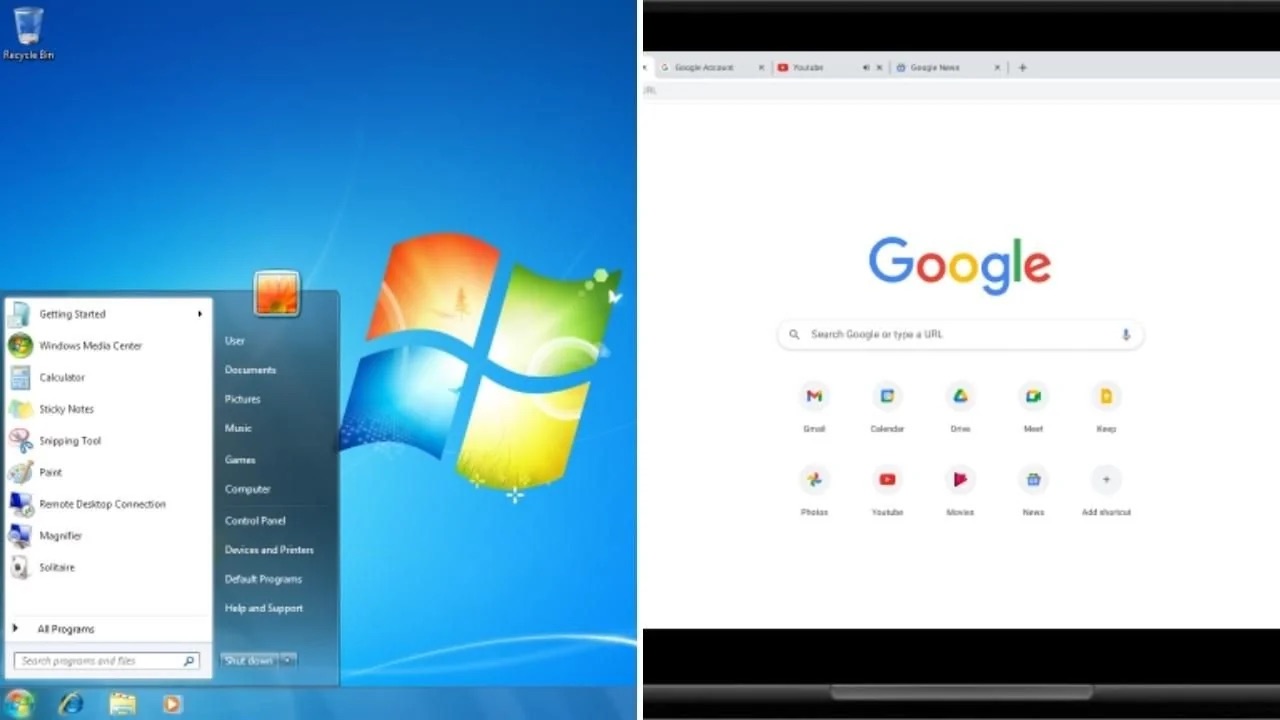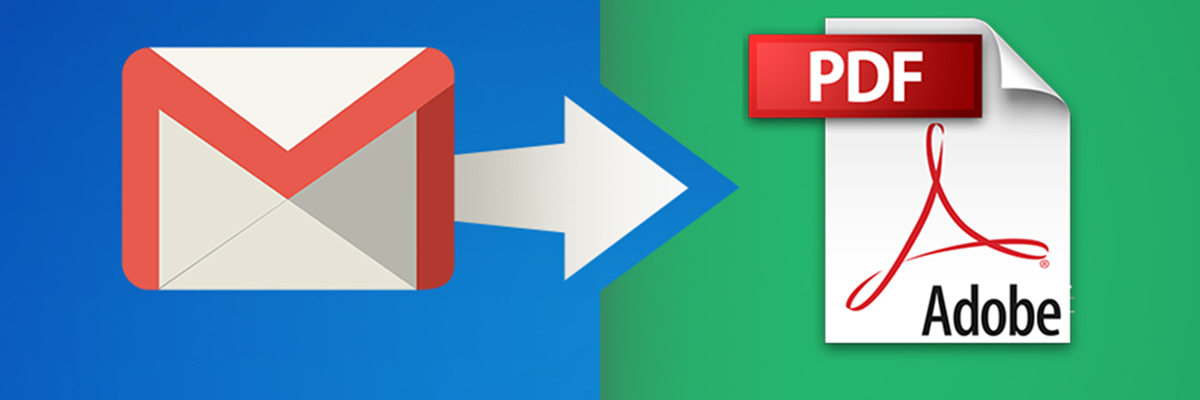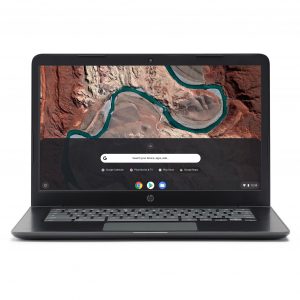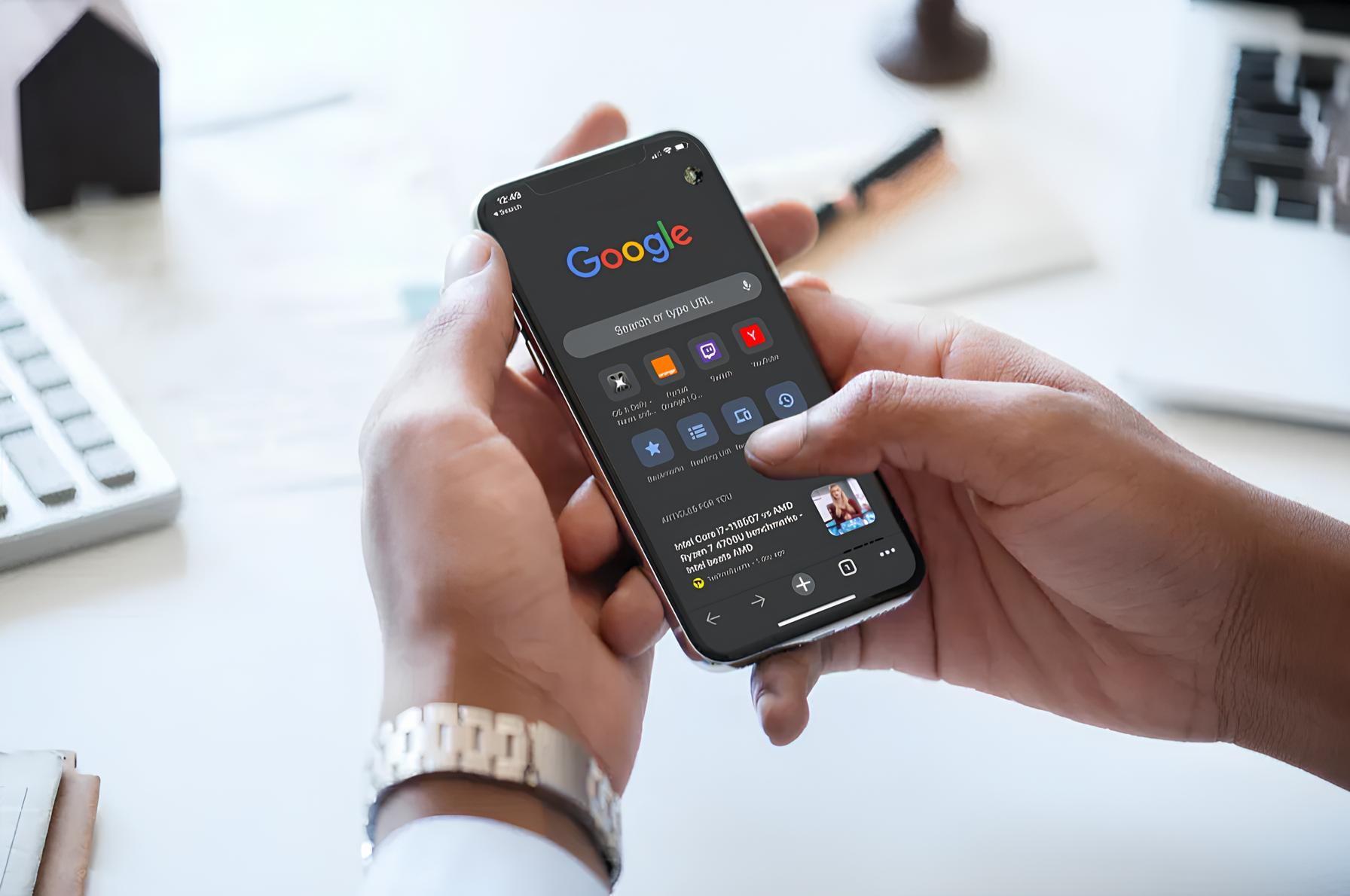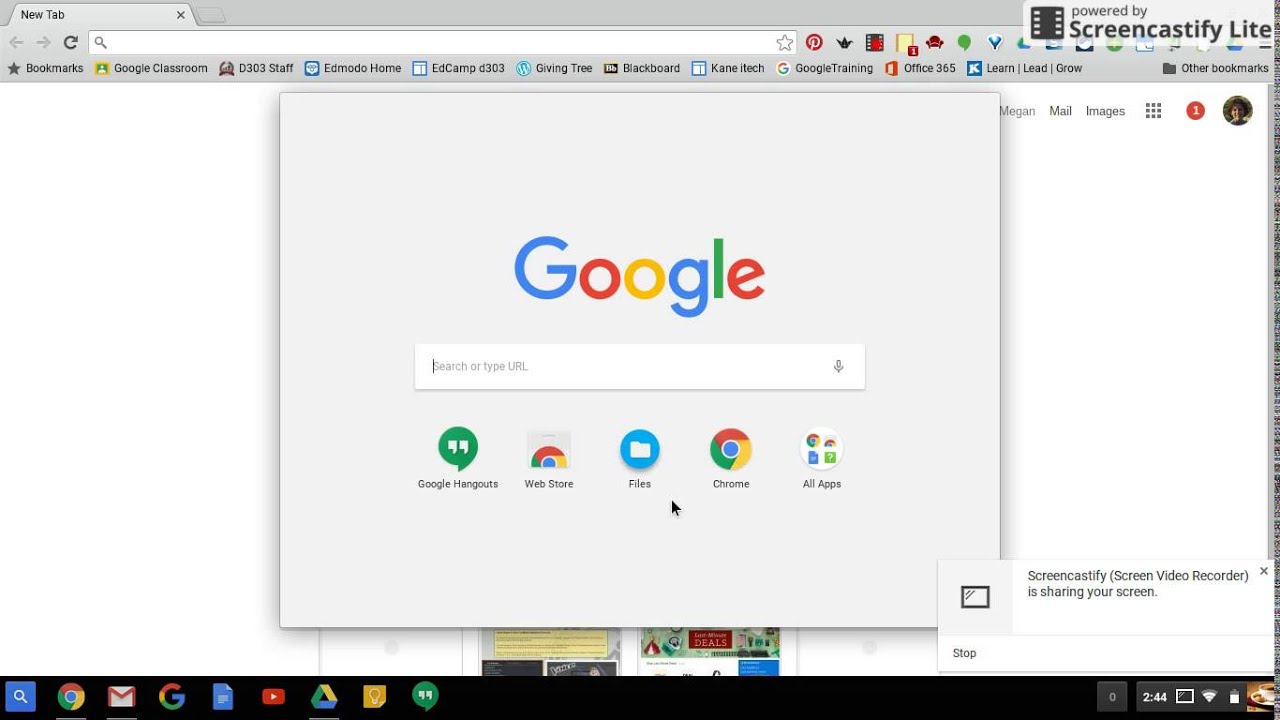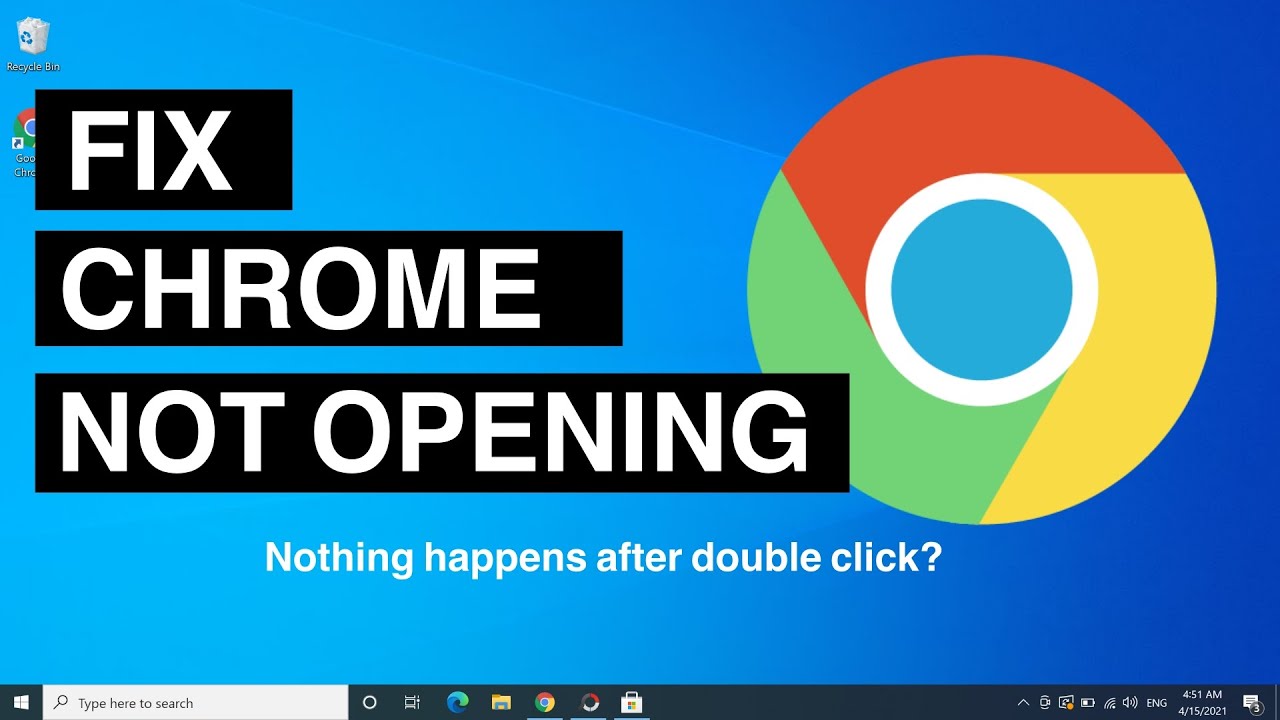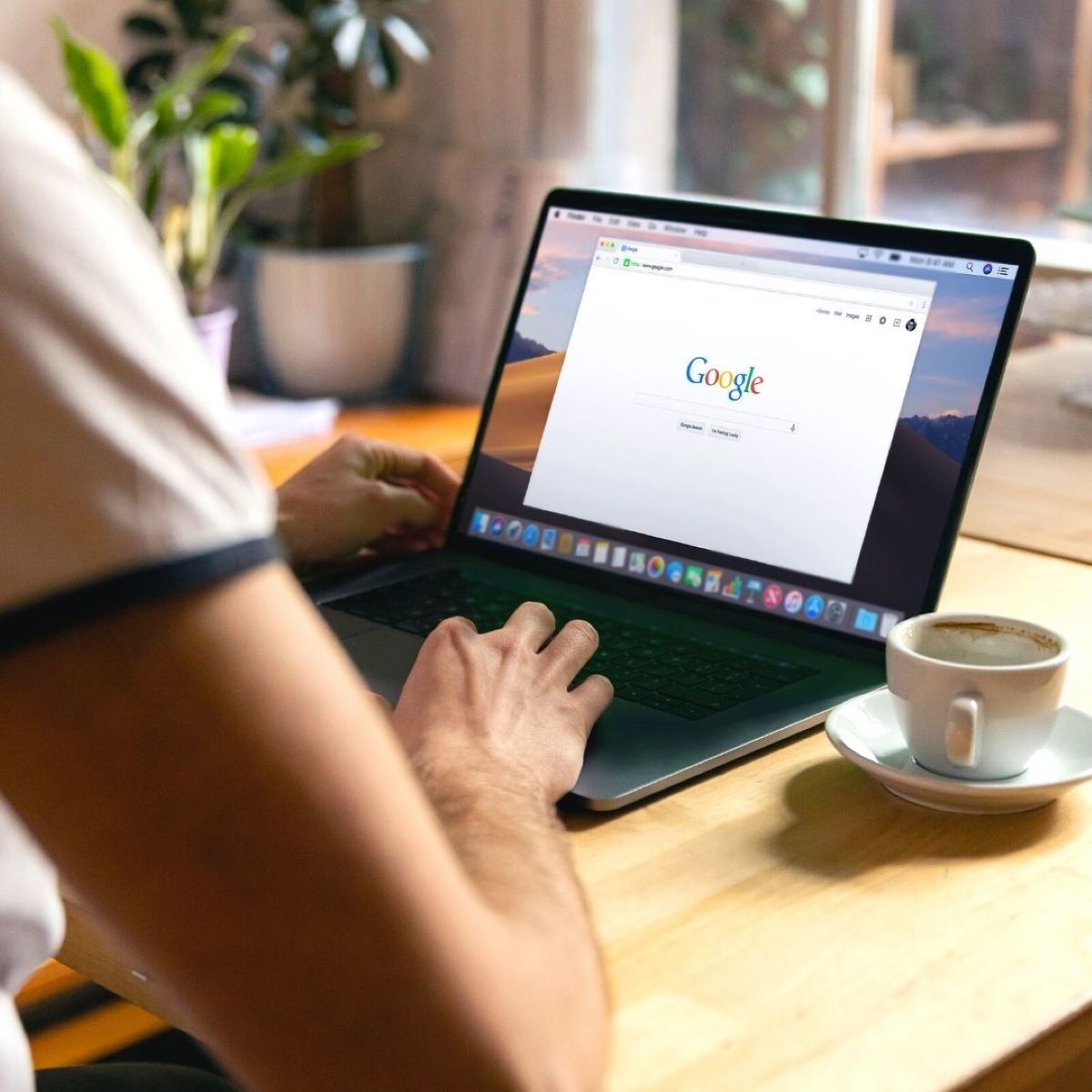Introduction
Google Chrome is one of the most popular web browsers, known for its user-friendly interface and a wide range of features. One such feature is the ability to easily share web pages via email directly from the browser. This functionality comes in handy when you come across an interesting article, a helpful website, or any other online content that you want to share with friends, family, or colleagues. Instead of copying the link and pasting it into an email, Google Chrome allows you to streamline the process by sending the page directly from the browser.
In this article, we will guide you through the simple steps to email a page from Google Chrome. Whether you're using Chrome on your computer or mobile device, the process is straightforward and can be completed in just a few clicks. By following these steps, you can effortlessly share web pages with anyone, making it convenient to pass along valuable information or interesting finds without leaving the browser.
So, if you've ever wondered how to quickly share a webpage via email without the hassle of copying and pasting links, you're in the right place. Let's dive into the step-by-step guide to learn how to email a page from Google Chrome.
Step 1: Open Google Chrome
To begin the process of emailing a page from Google Chrome, the first step is to open the browser on your device. Whether you're using a computer, laptop, smartphone, or tablet, launching Google Chrome is the initial action to take.
If you're using a Windows or Mac computer, you can easily open Google Chrome by clicking on its icon located on the desktop or in the taskbar. Alternatively, you can access it from the Start menu on a Windows computer or the Applications folder on a Mac. Once you locate the Google Chrome icon, simply click on it to launch the browser.
For users on mobile devices such as smartphones or tablets, finding and opening Google Chrome is just as straightforward. On most devices, the Google Chrome app icon is prominently displayed on the home screen or within the app drawer. Tapping on the icon will swiftly open the browser, allowing you to proceed with the next steps to share a webpage via email.
In the event that Google Chrome is not already installed on your device, you can easily download it from the respective app store or the official Google Chrome website. Once installed, launching the browser is as simple as tapping or clicking on the app icon, bringing you one step closer to sharing web pages effortlessly.
By ensuring that Google Chrome is open and ready for use, you're set to move on to the next step in the process of emailing a page directly from the browser. With the browser launched, you're now prepared to navigate to the specific webpage you wish to share, making the entire sharing process seamless and efficient.
Step 2: Navigate to the page you want to email
Once Google Chrome is open on your device, the next step is to navigate to the webpage that you want to email. Whether it's an insightful article, a captivating blog post, a helpful tutorial, or any other web content that you'd like to share, accessing the specific page within the browser is essential before proceeding with the email sharing process.
If you already have the webpage open in one of your browser tabs, simply click on that tab to ensure that the desired page is active and visible. However, if the webpage is not currently open, you can easily enter the URL into the address bar at the top of the browser window. Once the URL is entered, pressing the "Enter" key on your keyboard will prompt Google Chrome to load the webpage, displaying its content within the browser window.
Alternatively, if you prefer to navigate to the webpage through a search engine, you can utilize the omnibox, which serves as both the address bar and the search bar in Google Chrome. By typing keywords related to the content you're looking for, the omnibox will provide suggestions and search results, allowing you to select the relevant webpage from the list of options.
For users who frequently visit the webpage they intend to share, Google Chrome offers the convenience of bookmarks. By accessing the bookmarks bar or the bookmarks menu, you can quickly locate and open the desired webpage, streamlining the navigation process.
Furthermore, if you have the webpage open on another device with Google Chrome synced, you can seamlessly access the same page on your current device by utilizing the syncing feature. This ensures that you can easily share web content across your synced devices without the need to manually navigate to the page each time.
By navigating to the specific webpage within Google Chrome, you're now ready to proceed with the next steps to share the page via email. Whether you accessed the page through a direct URL entry, a search query, bookmarks, or synced devices, the key is to ensure that the desired webpage is actively displayed in the browser, setting the stage for the seamless sharing process ahead.
Step 3: Click on the three-dot menu
After navigating to the webpage you want to share, the next step is to access the three-dot menu in Google Chrome. This menu, often referred to as the "More" menu, is a central hub for various browser functions and options. Located at the top-right corner of the browser window, the three-dot icon represents a gateway to a plethora of features, including those related to sharing and sending web content.
To access the three-dot menu, simply direct your attention to the upper-right corner of the browser window. There, you'll find the three vertically aligned dots arranged in a neat and recognizable pattern. Clicking on this icon will unveil a dropdown menu, presenting a range of options and functionalities designed to enhance your browsing experience.
Upon clicking the three-dot menu, a dropdown list will appear, showcasing a variety of actions and tools that you can utilize within Google Chrome. This menu serves as a convenient access point for numerous features, such as managing bookmarks, adjusting browser settings, accessing extensions, and more. It's important to note that the specific layout and options within the three-dot menu may vary slightly based on the version of Google Chrome you are using, but the core functionality remains consistent across versions.
Once the three-dot menu is open, you're one step closer to sharing the webpage via email. The subsequent actions within the menu will enable you to seamlessly proceed with the sharing process, ultimately allowing you to send the page to your intended recipients with ease.
By clicking on the three-dot menu, you're effectively unlocking a gateway to a multitude of features and functions within Google Chrome, setting the stage for the next steps in the process of sharing a webpage via email. With the menu readily accessible, you're poised to move forward and continue the straightforward process of sending the webpage to others, leveraging the browser's built-in sharing capabilities to streamline the sharing experience.
Step 4: Select "Share"
Upon clicking the three-dot menu in Google Chrome, a dropdown list appears, presenting a variety of options and functionalities. Among these options is the "Share" feature, which serves as a pivotal element in the process of emailing a page directly from the browser.
To proceed with sharing the webpage via email, you'll need to locate and select the "Share" option from the dropdown menu. Clicking on "Share" will initiate the sharing process, allowing you to seamlessly progress to the next steps of sending the webpage to your intended recipients.
When you select "Share," Google Chrome presents you with a set of sharing options, tailored to facilitate effortless sharing of web content. These options may include various communication channels such as email, messaging apps, social media platforms, and more, depending on the specific sharing capabilities integrated into your browser.
The "Share" feature in Google Chrome streamlines the process of disseminating web content, enabling you to quickly and conveniently share the webpage with others. By selecting "Share," you're presented with a user-friendly interface that empowers you to choose the most suitable sharing method, ensuring that the webpage reaches your intended audience with ease.
Furthermore, the "Share" feature reflects Google Chrome's commitment to enhancing user experience by simplifying the sharing of online content. Whether you're sharing an informative article, an inspiring blog post, a captivating image, or any other web-based material, the "Share" option provides a seamless pathway to distribute the content to others, fostering connectivity and knowledge exchange.
In essence, selecting "Share" within Google Chrome signifies the transition from accessing the webpage to initiating the sharing process. This pivotal step marks the beginning of leveraging the browser's built-in sharing capabilities to effortlessly send the webpage to recipients via email, messaging apps, or other communication channels, reinforcing the browser's role as a versatile platform for content dissemination.
By selecting "Share," you're harnessing the power of Google Chrome to facilitate seamless sharing, empowering you to effortlessly extend the reach of valuable web content to others. This user-friendly feature aligns with Google Chrome's commitment to providing a cohesive and intuitive browsing experience, ensuring that sharing web pages via email is a straightforward and efficient endeavor.
Step 5: Choose the email option
After selecting the "Share" feature in Google Chrome, the next crucial step in the process of emailing a page from the browser is to choose the email option from the available sharing methods. This step is pivotal as it directs the sharing process specifically towards email, enabling you to seamlessly compose and send the webpage to your desired recipients via email.
Upon selecting the "Share" option, Google Chrome presents a range of sharing methods tailored to accommodate diverse communication channels. Among these options, the email feature stands out as a direct and effective means of sharing web content with others. By choosing the email option, you're signaling your intent to convey the webpage via email, initiating the process of composing an email containing the shared content.
Opting for the email feature within the sharing interface signifies a deliberate choice to leverage the familiarity and ubiquity of email as a primary mode of communication. This selection streamlines the sharing process, allowing you to seamlessly transition to the email composition stage, where you can personalize the message, address the recipients, and fine-tune the content before sending it.
Choosing the email option within Google Chrome reflects the browser's commitment to providing users with a streamlined and intuitive sharing experience. By prioritizing email as a prominent sharing method, Google Chrome acknowledges the enduring relevance and effectiveness of email as a communication tool, ensuring that users can effortlessly harness its capabilities to disseminate web content.
Furthermore, the email option within the sharing interface aligns with Google Chrome's user-centric approach, catering to the diverse communication preferences of users. Whether you're sharing a thought-provoking article, an engaging website, or any other web-based material, the email option offers a versatile and familiar platform for sharing content, accommodating a wide range of recipients and communication scenarios.
In essence, by choosing the email option within Google Chrome's sharing interface, you're embracing the efficiency and versatility of email as a conduit for sharing web content. This deliberate selection marks a pivotal stage in the sharing process, guiding you towards crafting a personalized email that encapsulates the shared webpage, ensuring that the content reaches your intended recipients with ease and impact.
By opting for the email feature, you're seamlessly integrating the sharing process with the familiar and robust capabilities of email, reinforcing Google Chrome's role as a facilitator of seamless content dissemination. This deliberate choice underscores the browser's commitment to empowering users to share web content effortlessly, leveraging the enduring effectiveness of email as a primary communication medium.
Step 6: Enter recipient's email address
Once you have chosen the email option within Google Chrome's sharing interface, the next pivotal step in the process of emailing a page from the browser is to enter the recipient's email address. This step serves as a fundamental component in ensuring that the shared webpage reaches the intended recipients with precision and efficiency.
Upon selecting the email option, Google Chrome prompts you to input the email addresses of the individuals or groups with whom you wish to share the webpage. This user-friendly interface allows you to seamlessly enter one or multiple email addresses, tailoring the sharing process to accommodate diverse recipients and communication scenarios.
Entering the recipient's email address within Google Chrome's sharing interface empowers you to personalize the sharing experience, ensuring that the shared content reaches the intended individuals or groups directly. Whether you're sharing informative articles, captivating websites, or any other web-based material, the ability to input specific email addresses facilitates targeted and effective content dissemination.
Moreover, the process of entering recipient email addresses aligns with Google Chrome's commitment to providing a cohesive and intuitive sharing experience. By integrating this functionality within the sharing interface, the browser acknowledges the importance of personalized communication and targeted content delivery, catering to the diverse sharing preferences of users.
Furthermore, the ability to input recipient email addresses within Google Chrome's sharing interface underscores the browser's dedication to streamlining the sharing process, ensuring that users can effortlessly customize the sharing experience to suit their communication needs. Whether you're sharing professional resources, educational content, or personal interests, the option to input recipient email addresses enhances the precision and relevance of the shared content.
In essence, by entering recipient email addresses within Google Chrome's sharing interface, you're actively shaping the sharing experience to align with your communication objectives. This pivotal step underscores the browser's role as a facilitator of personalized and targeted content sharing, empowering users to seamlessly connect with their intended recipients through the efficient and familiar medium of email.
By inputting recipient email addresses, you're leveraging Google Chrome's user-centric approach to sharing, ensuring that the shared webpage reaches the right individuals or groups with ease and precision. This deliberate action reinforces the browser's commitment to providing a seamless and tailored sharing experience, enhancing the efficiency and impact of content dissemination.
Step 7: Add a message (optional)
Once you have entered the recipient's email addresses and prepared to share the webpage via email, Google Chrome provides the option to include a personalized message along with the shared content. This optional step allows you to add context, insights, or any additional information that you deem relevant to accompany the shared webpage. While adding a message is not mandatory, it presents a valuable opportunity to enhance the recipient's understanding of the shared content and personalize the sharing experience.
By including a message, you can provide a brief introduction, share your thoughts on the content, or express why you believe the webpage is worth exploring. This personalized touch adds depth to the sharing process, transforming it from a simple transmission of web content to a meaningful exchange of ideas and perspectives. Whether you're sharing educational resources, inspiring articles, or entertaining websites, the addition of a message fosters a sense of connection and engagement with the recipients.
Moreover, the optional message feature within Google Chrome's sharing interface aligns with the browser's commitment to facilitating meaningful communication and content sharing. By empowering users to include personalized messages, Google Chrome acknowledges the significance of context and personalization in fostering impactful interactions. This user-centric approach underscores the browser's dedication to enhancing the sharing experience, ensuring that users can convey their thoughts and intentions effectively alongside the shared webpage.
Furthermore, the ability to add a message reflects Google Chrome's recognition of the diverse communication preferences and sharing scenarios encountered by users. Whether you're sharing professional resources with colleagues, exchanging insights with friends, or sending informative content to family members, the option to include a message accommodates a wide range of communication contexts, allowing you to tailor the shared content to suit the specific needs and interests of the recipients.
In essence, by adding a message (optional) within Google Chrome's sharing interface, you're infusing the sharing process with personalization and context, elevating the act of sharing web content to a more meaningful and engaging level. This optional step underscores the browser's role as a facilitator of thoughtful and personalized content dissemination, empowering users to enrich the sharing experience and foster deeper connections through the seamless integration of personalized messages with shared webpages.
Step 8: Click "Send"
After entering the recipient's email addresses and, optionally, adding a personalized message, the final step in the process of emailing a page from Google Chrome is to click "Send." This decisive action culminates the sharing process, signaling the browser to transmit the composed email containing the shared webpage to the specified recipients.
By clicking "Send," you initiate the seamless delivery of the shared content to the intended individuals or groups, leveraging the familiar and robust capabilities of email as a primary communication medium. This straightforward yet pivotal step represents the culmination of the sharing process, ensuring that the shared webpage reaches its destination with precision and efficiency.
Upon clicking "Send," Google Chrome promptly dispatches the composed email, encapsulating the shared webpage and, if included, the personalized message. This action signifies the browser's commitment to facilitating seamless content dissemination, empowering users to effortlessly extend the reach of valuable web content to others.
Furthermore, the act of clicking "Send" within Google Chrome's sharing interface underscores the browser's role as a facilitator of efficient and targeted communication. By streamlining the sharing process and enabling users to transmit web content with a simple click, Google Chrome reinforces its commitment to providing a cohesive and intuitive sharing experience, ensuring that users can effortlessly connect with their intended recipients through the efficient and familiar medium of email.
In essence, by clicking "Send," you bring the sharing process to its culmination, harnessing Google Chrome's user-centric approach to sharing and communication. This decisive action underscores the browser's dedication to empowering users to seamlessly disseminate web content, leveraging the enduring effectiveness of email as a conduit for sharing valuable information and engaging experiences.
By clicking "Send," you affirm the completion of the sharing process, ensuring that the shared webpage is promptly delivered to the specified recipients. This final step encapsulates the browser's commitment to providing a streamlined and efficient platform for content dissemination, reinforcing Google Chrome's role as a versatile and user-friendly tool for sharing web content via email.







